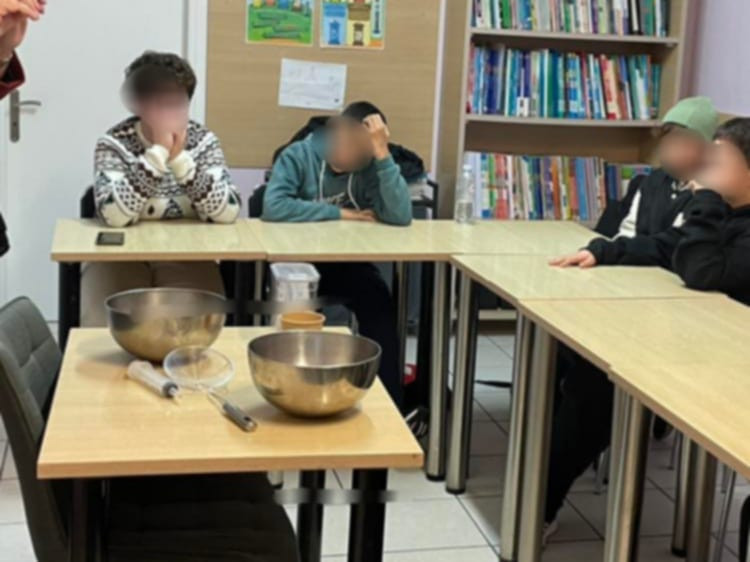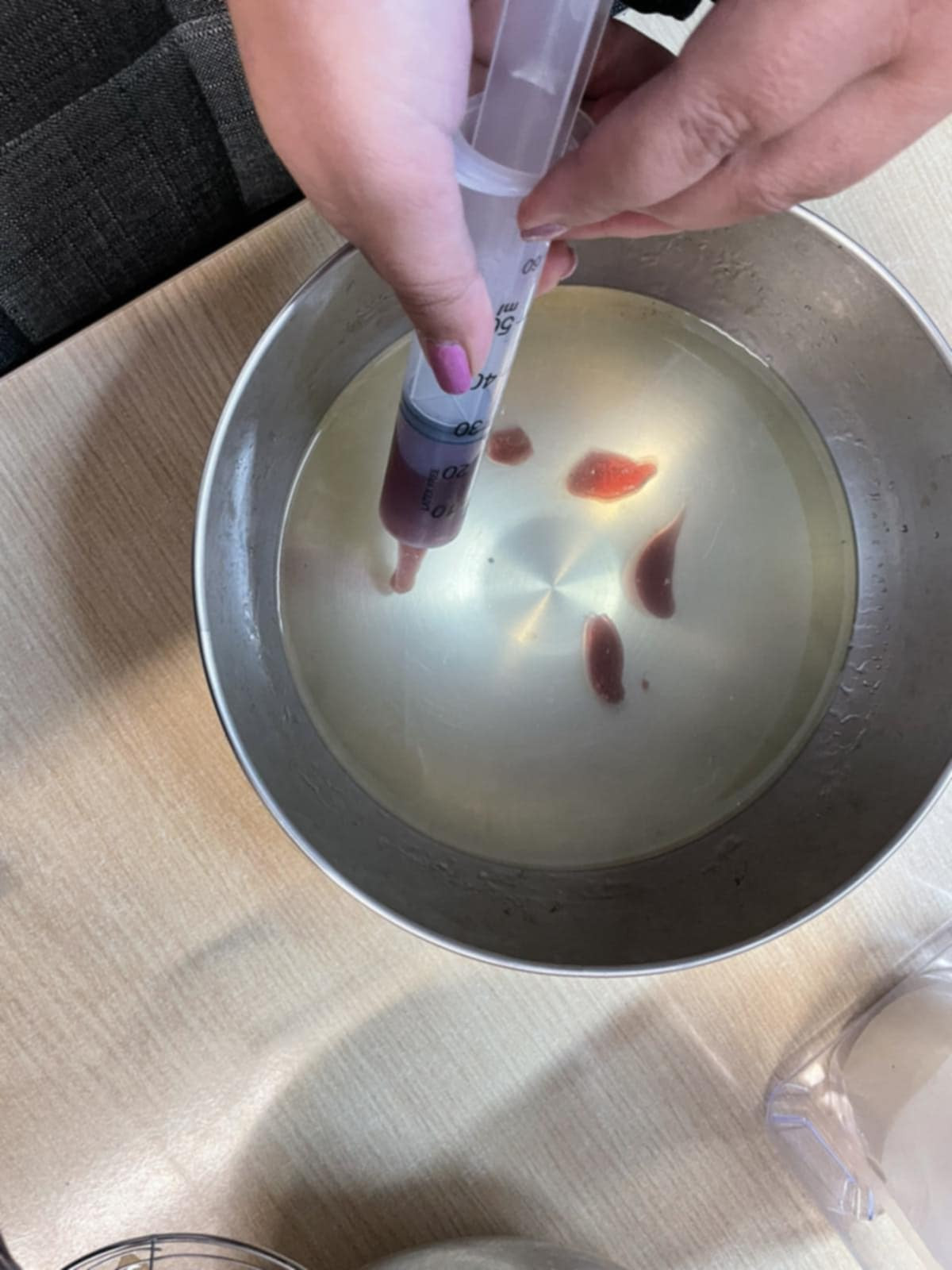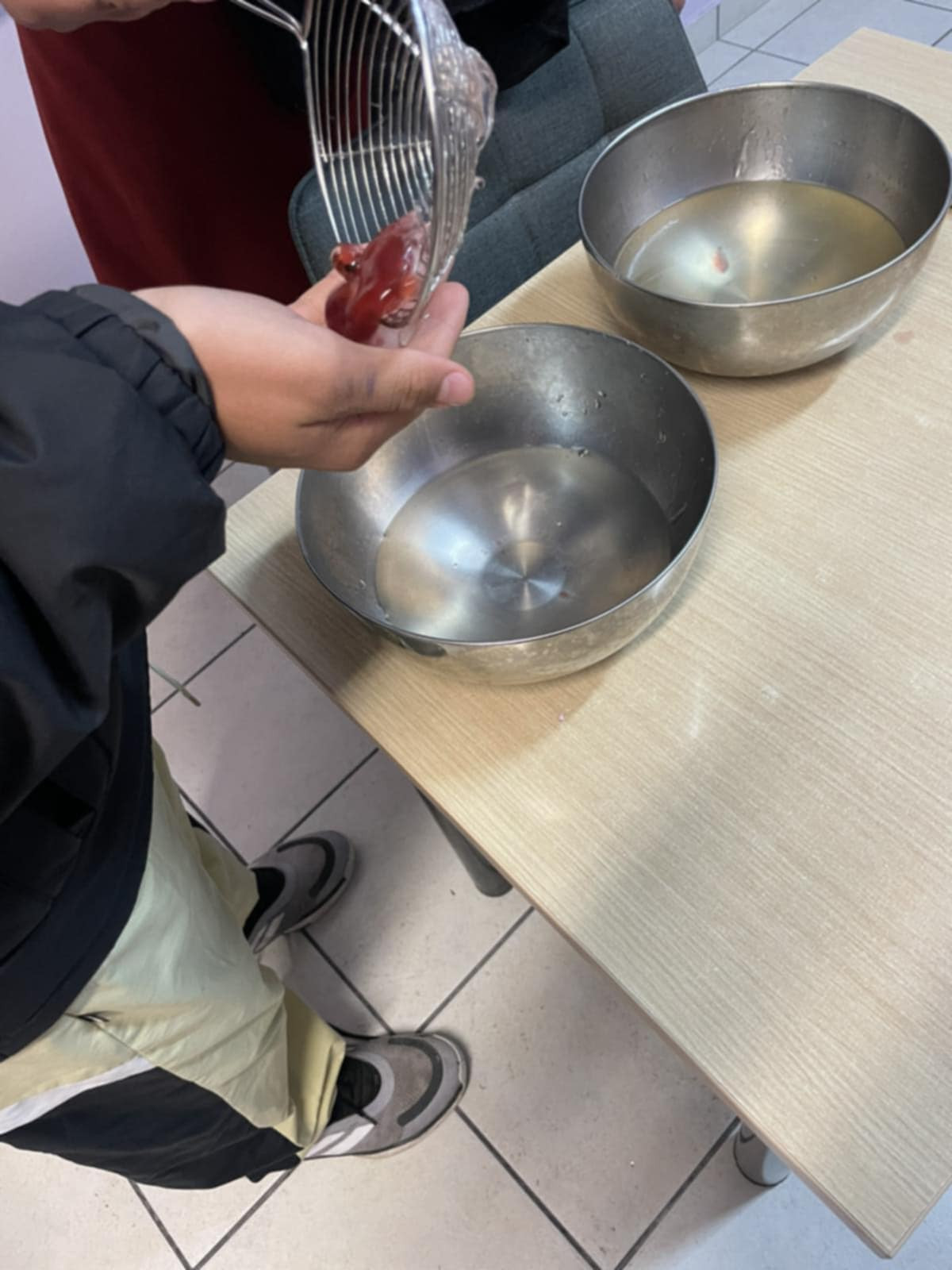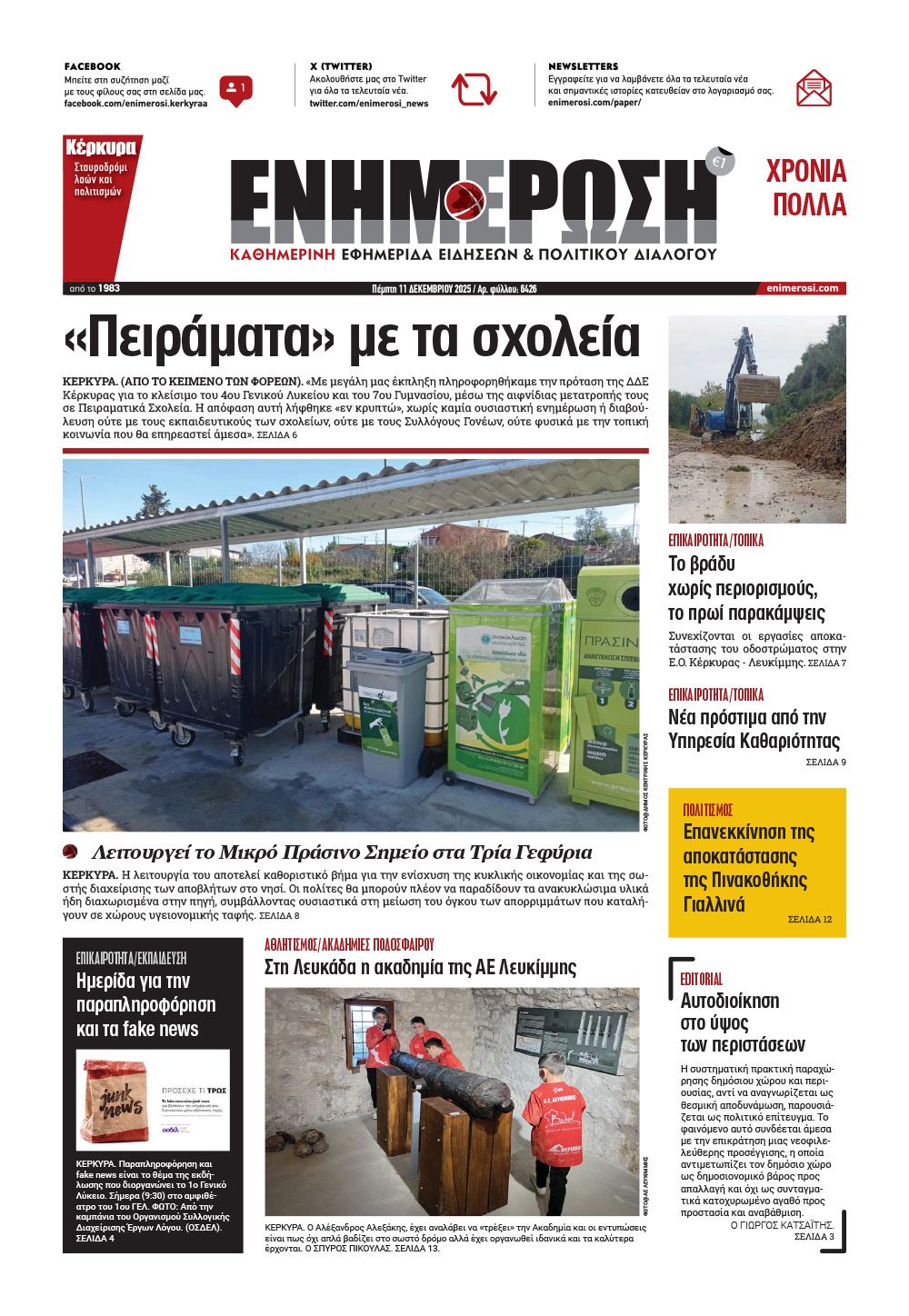Healthy Little Eaters: "Reverse Spherification - Exploring Molecular Gastronomy with Edibles"

CORFU. Reverse spherification is a process based on the chemical reaction between calcium lactate and sodium alginate.
(Spyridoula Kokkali) In our class, the pupils participated in an innovative project that combines science, nutrition and environmental awareness. We studied the technique of reverse spherification and created edible juice bottles, using natural materials and basic principles of molecular gastronomy.

The Science Behind the Experiment
Reverse spherification is a process based on the chemical reaction between calcium lactate and sodium alginate. Calcium lactate is a natural salt derived from lactic acid and is commonly found in fermented foods. Sodium alginate, in turn, is derived from brown seaweed and is widely used in the food industry.
During the process, these two ingredients interact, forming a thin gelatinous membrane around the liquid, trapping it in the form of a sphere. The result is an edible product, which is not only functional but also environmentally sustainable, as it offers an alternative to plastic use.
Step-by-Step Process
- Preparation of the "water bath": We dissolved sodium alginate in water (5g/L) and allowed the solution to rest in the refrigerator to remove any bubbles.
- Preparation of the calcium lactate mixture: We dissolved calcium lactate in water (6g/50ml) and added it to fruit juice, creating a homogeneous mixture.
- Spherification: With the help of a spoon, we placed small amounts of the calcium lactate mixture into the "water bath," where spheres with a gelatinous texture were formed.

3. Spherification: With the help of a spoon, we placed small amounts of the calcium lactate mixture into the "water bath," where spheres with a gelatinous texture were formed.

- Rinsing and Storage: The spheres were rinsed in clean water to remove the alginate and were placed in a preservation liquid for immediate consumption.
Educational and Environmental Goals
This project had multiple benefits:
Educational: The pupils understood how chemistry can be applied in daily life, particularly in the food industry. Additionally, skills such as collaboration, attention to detail and critical thinking were developed.
Environmental: We discussed the importance of reducing plastic waste and how technology can provide environmentally friendly solutions.
Nutritional: The students were introduced to healthy choices, understanding the value of natural materials and innovation in the field of nutrition.
We are proud that our "Healthy Little Eaters" showed so much interest and enthusiasm in this interdisciplinary activity. With such initiatives, we hope to contribute to a more sustainable, creative and knowledge-filled future.
Photos: Spyridoula Kokkali




